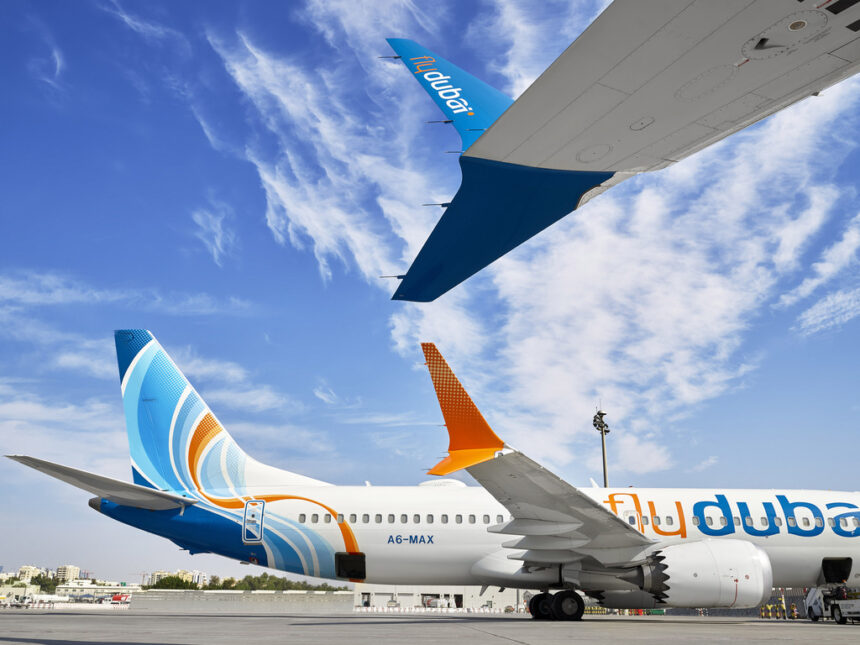LONDON – Last week, the Australian Defence Department deployed a Royal Australian Air Force (RAAF) P-8A Poseidon Maritime Patrol Aircraft on Operation Argos.
The maritime surveillance aircraft will operate as part of Australia’s commitment to enforcing United Nations Security Council (UNSC) sanctions on North Korea.
Australia supports UNSC sanctions through the deployment of maritime patrol aircraft and Royal Australian Navy (RAN) vessels.
The P-8A Poseidon will operate from Kadena Airbase in Japan, conducting airborne surveillance to monitor and deter illegal ship-to-ship transfers of sanctioned goods in the region.

Operation Argos
Since 2018, Australia has deployed RAAF maritime patrol aircraft on eleven occasions and RAN vessels eight times in support of the operation.
Australian Defence Force (ADF) assets which are periodically deployed to the region include Royal Australian Navy vessels as well as Royal Australian Air Force surveillance aircraft like the P-8A Poseidon.
The ADF initiative supports the international community’s end goal of the complete, verifiable and irreversible denuclearisation of North Korea.
The United Nations Security Council sanctions limit North Korea’s imports of refined petroleum and crude oil, and its exports of coal, all of which are facilitated by ship-to-ship transfers.
Chief of Joint Operations, Lieutenant General Greg Bilton stated the following, with respect to the ongoing operation:
“Operation ARGOS reinforces Australia’s commitment to nuclear non-proliferation and directly contributes to maintaining the rules-based order in the Indo-Pacific region alongside our partner nations.”
“Australia remains committed to enforcing UN Security Council sanctions and our own sanctions against North Korea.”
“This operation is Australia’s contribution to a multinational effort, alongside Canada, France, Germany, Japan, New Zealand, Republic of Korea, the United Kingdom, and the United States, who all conduct operations in support of UN Security Council resolutions.”
About the P-8A Poseidon
The Boeing P-8 Poseidon operates as a multi-mission maritime patrol aircraft. The P-8 can operate up to 41,000 ft at 490 knots. P-8 is also designed for low altitude missions and has already proven its abilities supporting humanitarian and search and rescue missions.
Currently, more than 155 aircraft are in service worldwide, and the P-8 has executed more than 450,000 mishap free flight-hours around the globe.
The P-8 has two variants: The P-8I, flown by the Indian Navy, and the P-8A Poseidon.
The latter variant is flown by the U.S. Navy, the United Kingdom’s Royal Air Force, Royal Australian Air Force, Royal Norwegian Air Force and Royal New Zealand Air Force.
The aircraft also sees services with the Republic of Korea Navy and German Navy.
The P-8 shares 86% commonality with the commercial 737NG, providing enormous supply chain economies of scale in production and support. Boeing engineered the P-8 for 25 years/25,000 hours in the harshest maritime flight regimes, including extended operations in icing environments.









